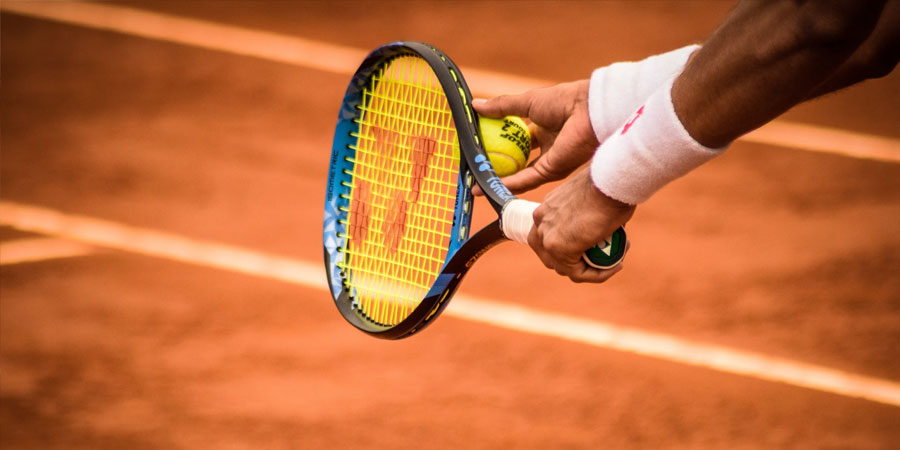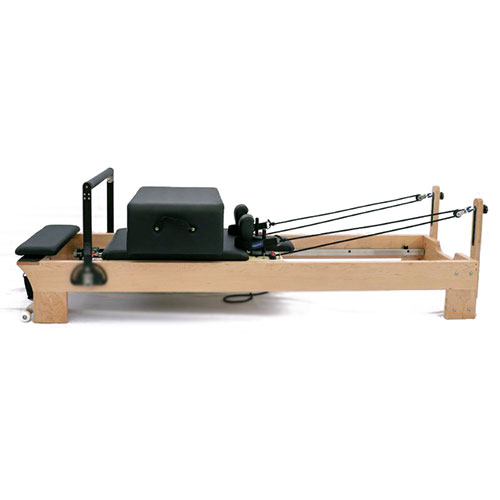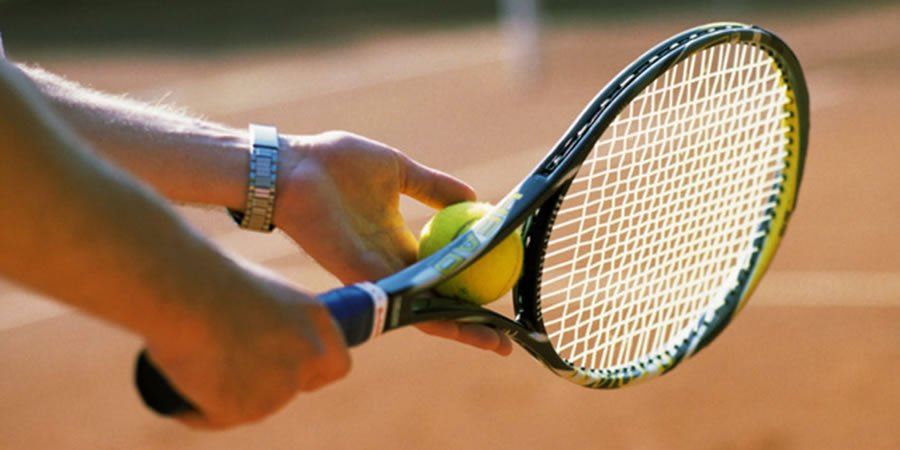Thanks to the likes of Andy Murray and Serena Williams, the benefits of Pilates for tennis players are now well-known.
Committing to regular Pilates sessions helps Williams, Murray and many other players with their post-match recovery and with injury prevention. According to reports, taking up Pilates has even improved Murray’s mindset both on and off the court!

But you don’t have to be a tennis pro to use Pilates to refine aspects of your game. In fact, even if you only play tennis for fun or to keep fit, Pilates classes can still be a great way to enhance your experience of the sport.
Plus, regardless of the level of play, all players are at risk of suffering from game-related niggles. However, strengthening and mobilising your body in Pilates can help you avoid these.
Improve your tennis – Why Pilates?
With this in mind – and with Wimbledon in full swing – we sat down to chat with our resident expert Louise Aylwin, a Physiotherapist trained in rehab Pilates, about why Pilates is so beneficial for tennis players.
Louise has worked as a sports Physiotherapist for a range of elite sportsmen and women. These include players on the ATP tennis tour and the WTA tennis tournament in Japan.

Louise, tell us about your personal experience of tennis and Pilates?
I’ve been working in tennis for 20 years and am a keen recreational tennis player myself. I regularly work with professional tennis players who find Pilates an invaluable part of their training.
Pat Cash (the former Wimbledon champion) is also an associate of mine. He is a big advocate of Pilates for tennis players and believes in the physical benefits of it for players of all standards. Pat also regularly practices Pilates for rehab himself.
I’ve seen firsthand how Pilates not only helps reduce the number of injuries tennis players suffer, but can also improve their movement and therefore their game.
Q. So how exactly does Pilates improve a tennis player’s game?
A. Tennis is a high-speed, high-impact and power-based sport.
It requires rotation and extension of the spine and creates stress on the shoulders, knees and hips.
The nature of tennis means that people who play it regularly often have imbalances through their joints and muscles.
Pilates helps practitioners to develop balanced muscles. This makes it a great way to strengthen the body uniformly, as well as correct muscular weaknesses and stabilise any imbalances created through the game.
Q. What specific aspects of Pilates help improve tennis?
A. Much of the power in tennis comes from rotation and extension of the spine.
To produce these movements you need a mixture of strength and flexibility.

Pilates helps loosen tight muscles in the chest, shoulders and upper back. At the same time, it also strengthens important muscles, like those responsible for rotation and for protecting the spine. All of this helps a player generate more power through their strokes.
During a tennis match you are often trying to return a ball from an imperfect position, such as stretching forwards or sideways. To add to the challenge, you usually have to perform these movements when off-balance.
This is where Pilates comes in. Because Pilates focuses on developing strength in those deep stabilising muscles, as well as the muscles of the trunk.
Why is this beneficial? Being off-balance and trying to hit a ball can result in injury. But having strong muscles at the centre of your body helps to reduce the risk of injury and allows you to recover your balance faster. This means that players who practise Pilates a tactical advantage.
Pilates also helps improve flexibility in your lower back and hips. This greater range of movement allows players to, for example, get down low for hard to reach drop-shots or up higher to reach challenging lob shots.








